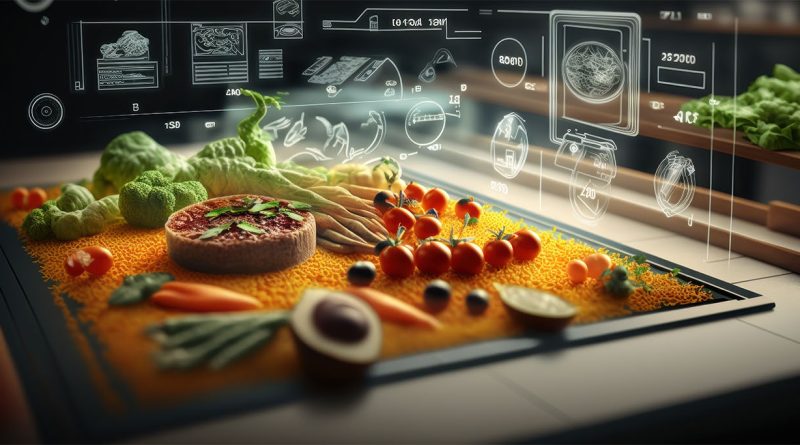Fast Food’s Futuristic Flair: The Role of AI and Robots in Food Prep
The landscape of the fast food industry is undergoing rapid transformation. While speed and convenience have always been at the heart of this sector, advancements in AI and automation are now reshaping how fast food chains operate, from front-of-house interactions to back-end operations.
Ordering and Customer Interaction
Fast food chains are capitalizing on AI-driven technologies, integrating them into drive-thrus and kiosks. This streamlines the ordering process, provides personalized suggestions based on historical data, and reduces human error. The result? A more efficient and customer-centric experience.
Cooking and Food Preparation
Gone are the days when only humans operated the grills and fryers. Robot chefs, guided by precise algorithms, are making their presence felt in kitchens, ensuring consistent quality and swift turnarounds.
Labor Savings and Cost Efficiency
he integration of automation can lead to significant savings for restaurants. Estimates suggest that automation could save the U.S. fast food industry over $12 billion in annual wages. As labor shortages become a pressing concern, robots and other labor-saving technologies are viewed as viable solutions to maintain operational efficiency.
The Future of Employment
With AI and robots playing an increasing role, concerns about job displacement arise. However, the industry’s adoption of these technologies also opens doors for new roles focused on technology maintenance, programming, and AI training.
A Balancing Act
Embracing technology doesn’t mean abandoning the human touch. The success of AI in the food industry will hinge on finding the right balance between technology and human interaction, ensuring that customer experience remains at the forefront.
